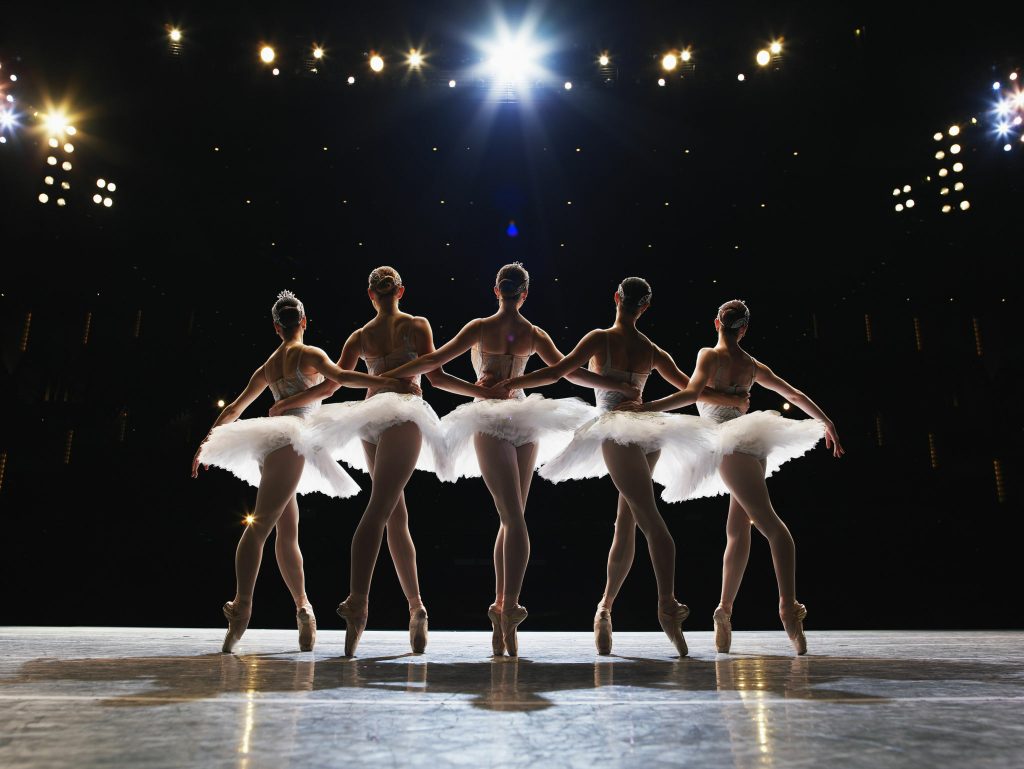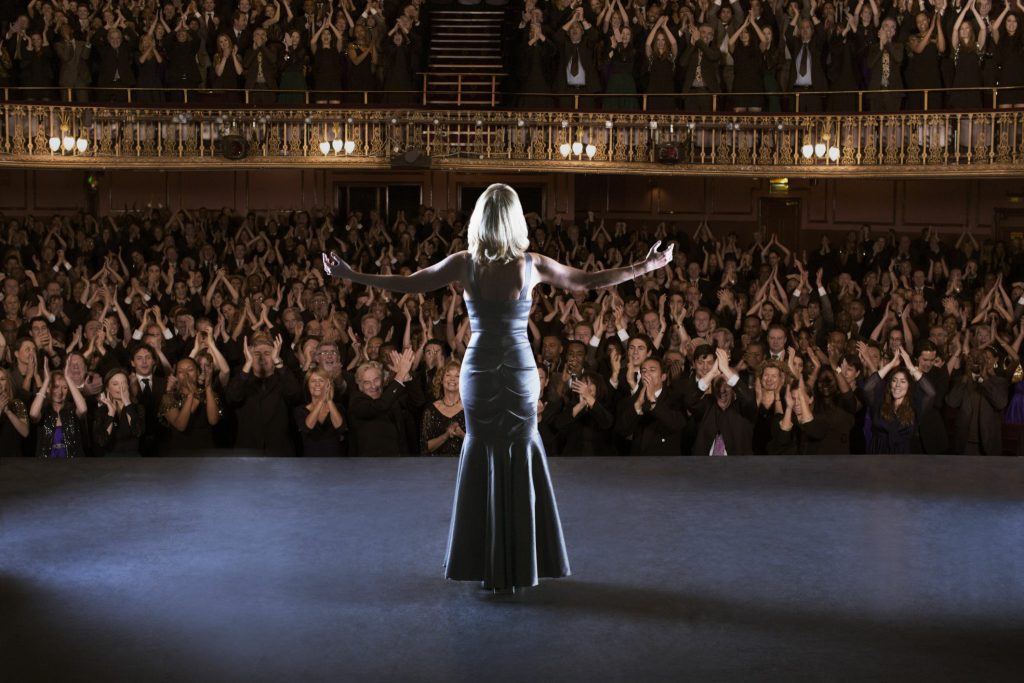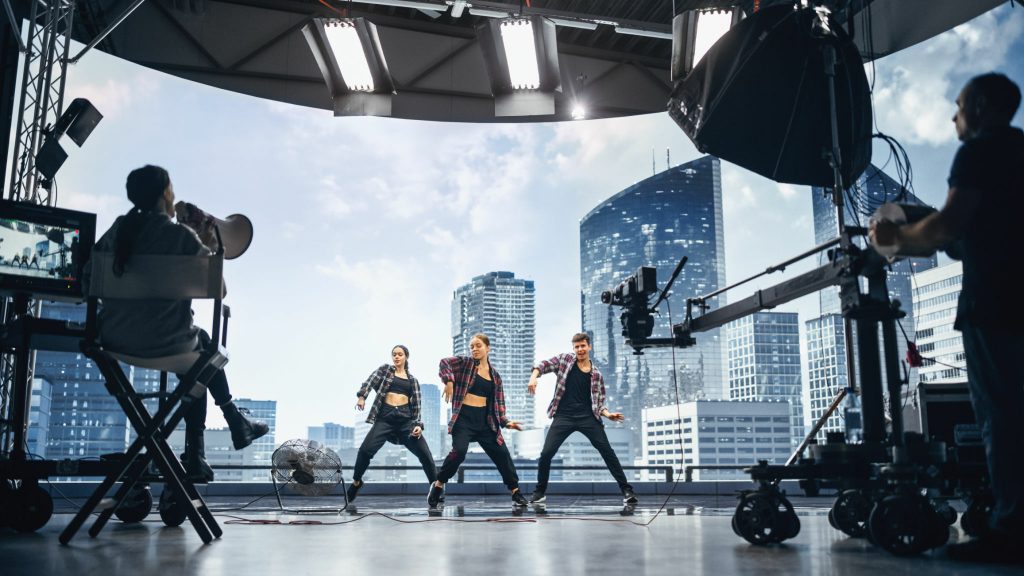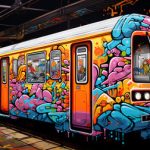Exploring the Enigmatic World of Performance Art, a unique and enigmatic form of expression, blends visual arts, theater, and everyday life, challenging traditional art notions with its ephemeral and spontaneous nature. This essay explores its history, key characteristics, prominent artists, and lasting impact on the art world.
A Brief Overview
in the 20th century, performance art emerged as a radical departure from traditional art forms like painting and sculpture. It originated from avant-garde movements, aiming to engage the audience directly. Rooted in Dadaism and Surrealism, artists like Marcel Duchamp and Salvador Dalí challenged conventions to provoke reactions.
The 1950s and 1960s were pivotal for performance art, featuring artists like Allan Kaprow and Yoko Ono. Kaprow introduced the term “happening” to describe his immersive art experiences, while Yoko Ono’s groundbreaking performances challenged conventional art boundaries and encouraged audience involvement.

Performance Art Specifications
Performance art is a multifaceted and multidisciplinary media that includes a diverse variety of activities and genres. Several crucial traits, however, distinguish this art form:
Live presence: The presence of the artist, who often performs live in front of an audience, is at the heart of performance art. The direct engagement between the artist and the audience provides a one-of-a-kind and personal experience.
Transitory nature: because it occurs in real-time and cannot be replaced, performance art is intrinsically transitory. The impermanence and unpredictability of these performances add to their unpredictability.
Depth of concept: Many performance artists utilize their work to express complex and thought-provoking ideas. They can use the media to investigate social, political, personal, and philosophical issues directly and viscerally.

Some performance artists of Note
Several artists have made unforgettable contributions to the realm of performance art :
Performance art, a powerful influence in the art world, has significantly shaped various disciplines and redefined artistic boundaries. Pioneers like Marina Abramović, known as the “grandmother of performance art,” have created impactful works exploring endurance, vulnerability, and human nature. Laurie Anderson blends technology and music in her performances, creating immersive experiences that merge art and technology. Chris Burden, known for his bold and risky acts like being shot or crucified on a Volkswagen, challenged the limits of acceptable art. Carolee Schneemann, a feminist art icon, explored themes of sexuality, gender, and the female body, questioning traditional norms.
This art form has been crucial in addressing social and political issues, using the artist’s body and actions to convey potent messages. Its influence extends to contemporary art forms like video, installation, and multimedia art, often incorporating live performance elements. The enduring impact of performance art continues to shape artists’ approaches and their engagement with audiences.

Exploring the Enigmatic World of Performance Art is a dynamic and boundary-pushing form of artistic expression. Emerging from the avant-garde movements of the early 20th century, it challenged traditional art genres and aimed for direct audience engagement. The 1950s and 1960s were crucial for its development, with artists like Allan Kaprow and Yoko Ono pioneering immersive and interactive experiences. Performance art continues to defy conventions, blurring the lines between visual arts, theater, and life itself. It’s a testament to the ever-evolving nature of art and its ability to provoke, inspire, and reshape our perceptions. Performance art highlights that art is a living force, continuously pushing boundaries and engaging with the human experience.







